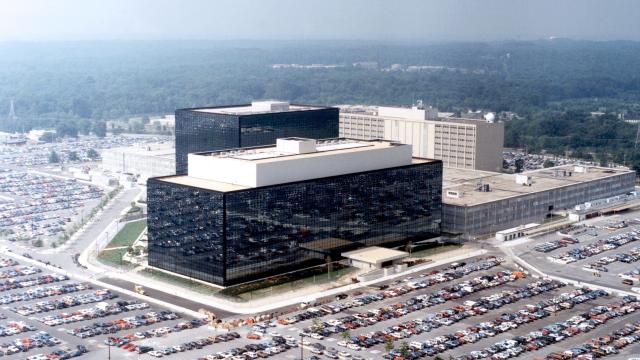This past week, major documents were leaked detailing PRISM, a top-secret government program that directed tech companies to spy on Americans by turning over their data to the National Security Agency, among other branches of the Department of Homeland Security. Despite obvious threats to the right to privacy, the Fourth Amendment (against illegal search and seizure), and the trust of the American people, the spy program has been going ahead with the full approval of two presidents as well as US Congress.
Although the intercepted information is as immaterial as light, it must pass through gigantic buildings in real places. How can you tell which buildings are spying on you?
Overall, spy architecture is large, bland and hidden. That is to say it doesn’t stand out, and this is on purpose. Very rarely will a starchitect design an intelligence agency headquarters, and very rarely will it occupy the heart of a city. The only notable exception to this in the US is the FBI headquarters, which occupies a prominently placed Brutalist building in the heart of the nation’s capital.
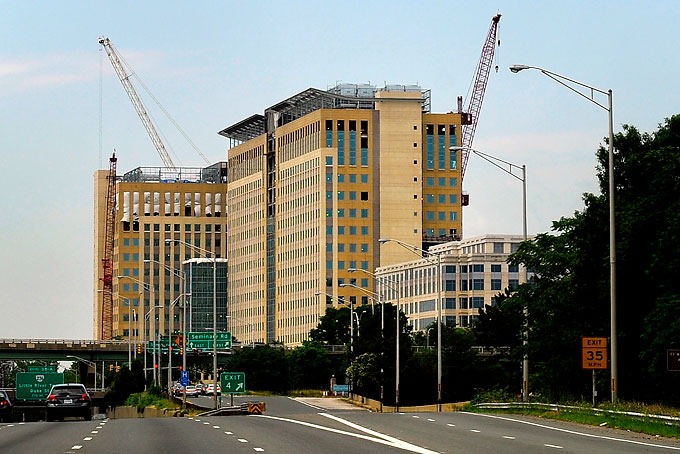
Newly constructed building for the Department of defence in Alexandria, Virginia.
Picture: Michael S. Williamson/Washington Post
This is not to say that spy buildings don’t share some general characteristics. As stated previously, these buildings do all they can to stay unremarkable; so while they aren’t cutting-edge, they also are not so hideous as to be noticeable. Among the favourite façade elements for these buildings are precast concrete panels arrayed in a blank corporate fashion. These headquarters for espionage attempt to look like office buildings — and, in most cases, that is precisely what they are.
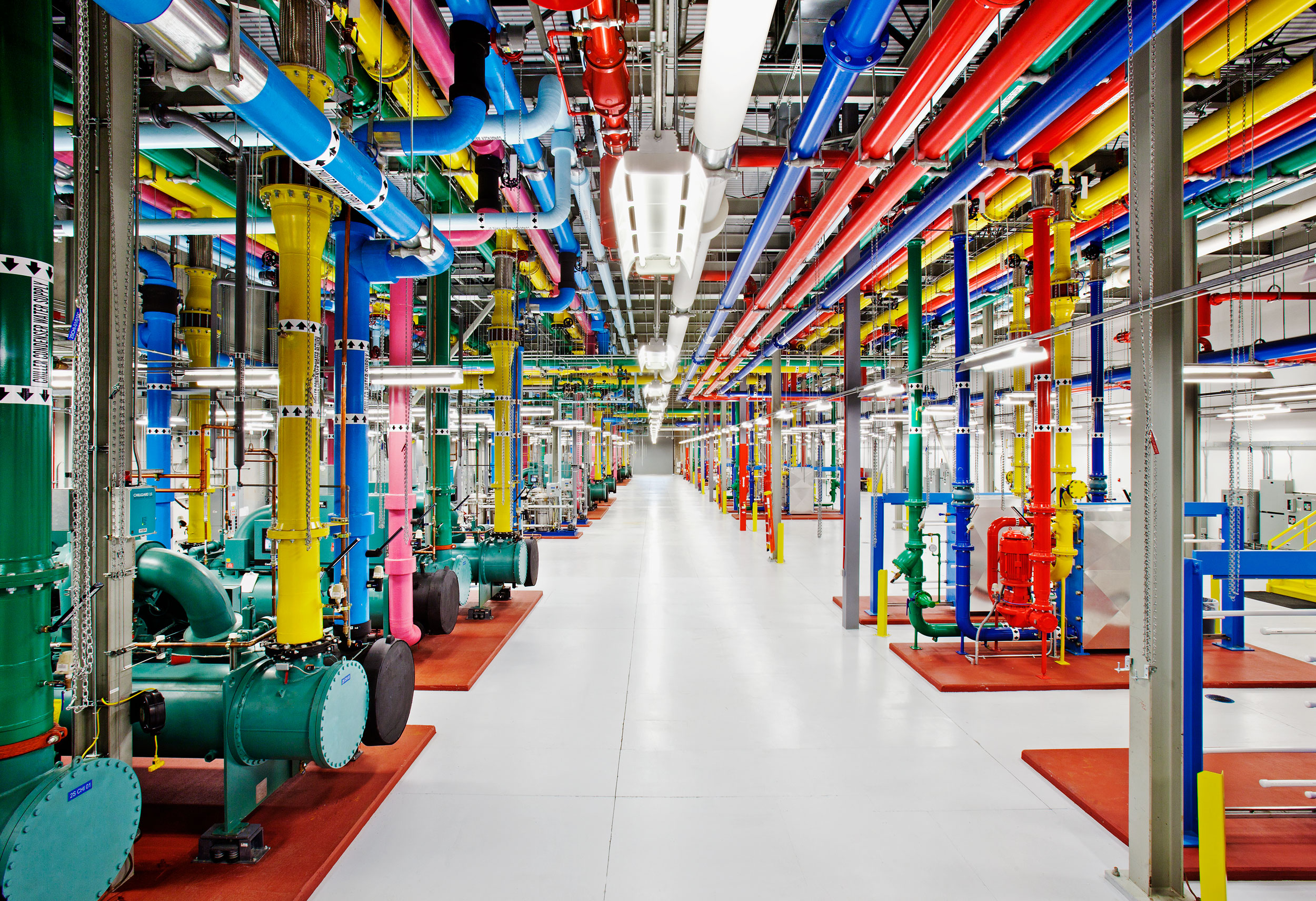
Google Data centre, Douglas County, Georgia.
Picture: Google/Connie Zhou via Wired
Some, however, are heartbreakingly bland. With beige carpet extending from beige wall to beige wall, the only building element breaking the monotony is the drop ceiling. In some cases, though the design might be inoffensive, the sheer mass of the building blocks out the sun for many square blocks. Of course, the drive for blandness also gives these buildings a slightly sinister appearance. The NSA headquarters, for example, reflects back its gigantic parking lots to passing motorists, while its Platonic volumes suggest invincibility. The message is clear: The NSA can observe, but cannot be observed.
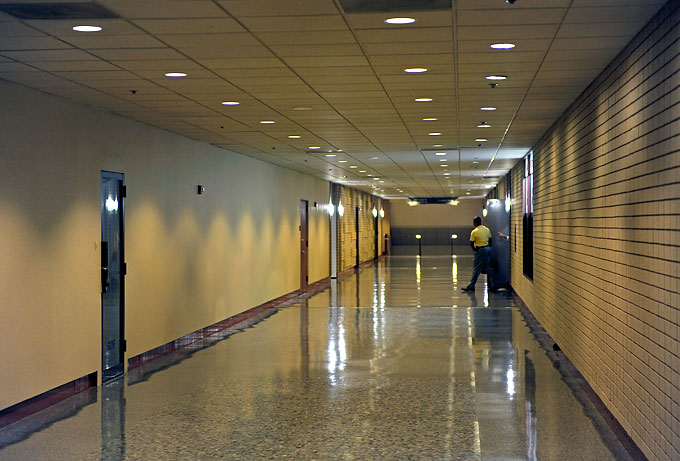
Crystal City.
Picture: Michael S. Williamson/Washington Post
It is interesting to note how these buildings depart from traditional modes of understanding surveillance, such as the much-discussed Panopticon by Jeremy Bentham. Rather than relying on centralized plans with optimised views, the internet allows for omnipresent observers such that buildings no longer have to respond to sight lines at all.
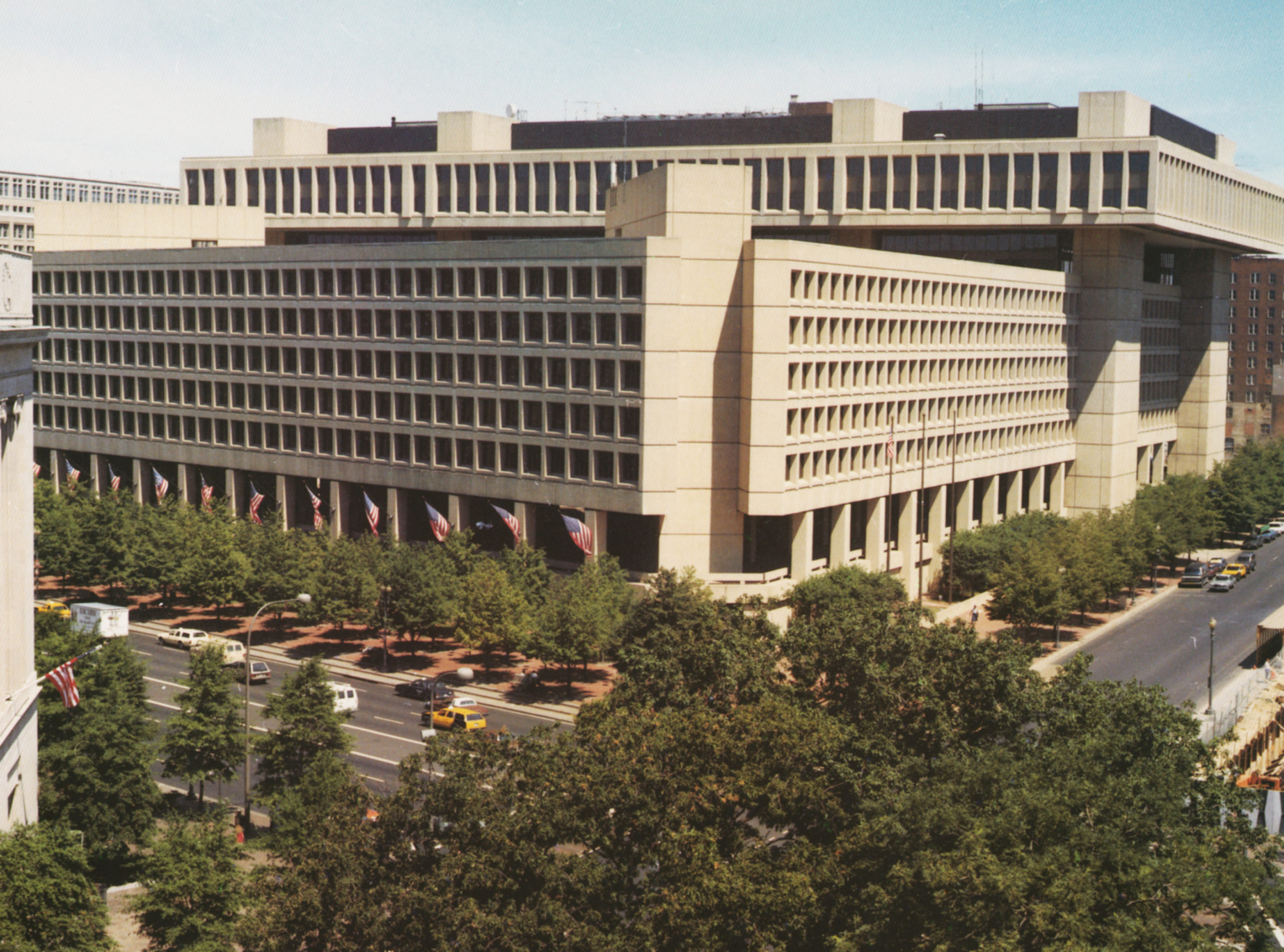
FBI Headquarters, Washington DC.
Picture: FBI
In this roundup, you will find government headquarters, the data centres of Facebook and Google (two companies that collaborated with the NSA), as well as the building from which Chinese hackers were working their massive espionage operations. See them all at Architizer.
